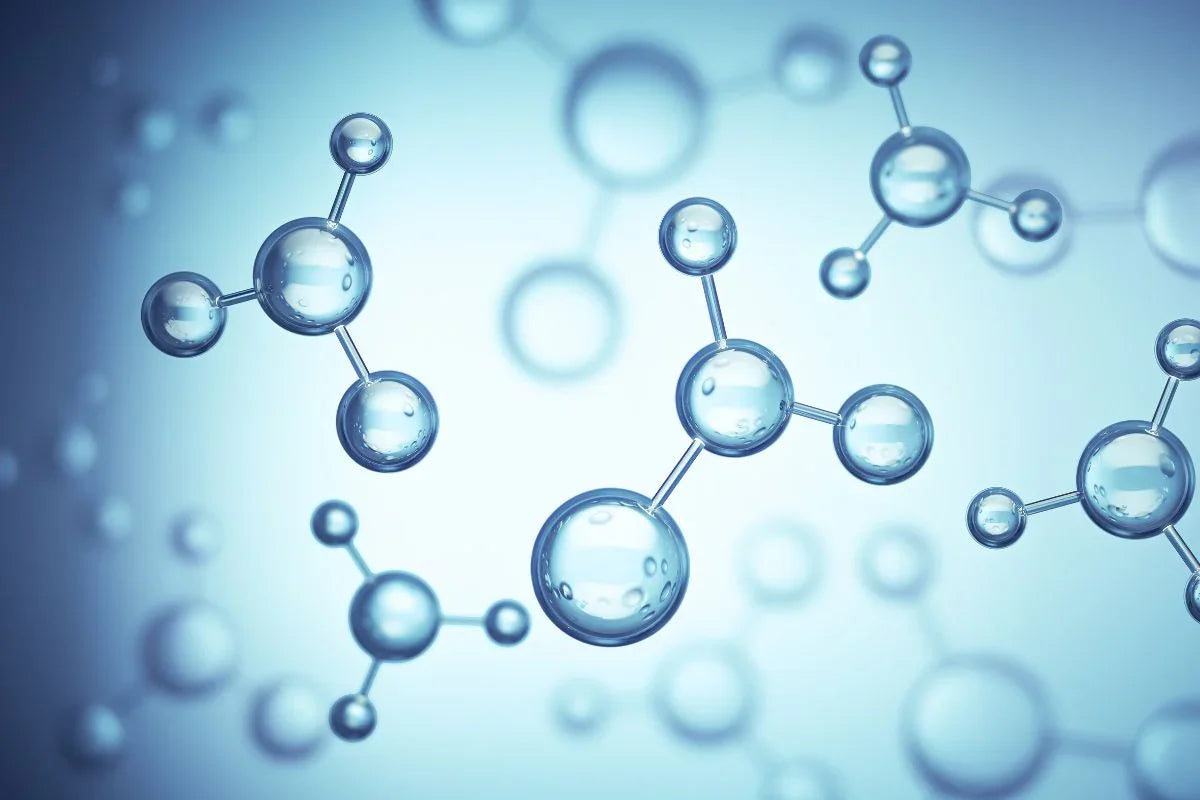
700 million years of melatonin - one of the oldest biologically active molecules
As the sun sets and dusk begins, melatonin is released in your brain. This happens through signals from your eyes to your pineal gland. Twilight turns into the dark night, your body temperature drops, and your body and brain grow sleepier. Only when daylight returns in the morning does melatonin production stop and the brain exits sleep mode.
To make melatonin, we need the enzyme “timezyme.” This substance likely arose during evolution when invertebrates transitioned into vertebrates. That’s why we know melatonin originated about 500 to 700 million years ago in our earliest ancestors—tiny organisms that lived in the sea.
More recently, scientists at the European Molecular Biology Laboratory in Germany unraveled another piece of this puzzle, pushing the emergence of melatonin even further back on the evolutionary timeline. They studied the activity of specific genes involved in the production of melatonin and other sleep-related molecules. Their research showed that the simple sea worm Platynereis dumerilii has the same melatonin-regulating and light-sensing cells as humans. In this worm too, melatonin is produced only in the evening. Because of the similarity between the human and worm gene networks, researchers think these genes stem from a shared invertebrate ancestor. This is a completely new and surprising theory that likely points to the very first form of sleep.
Melatonin is a clock and a calendar
Because melatonin (like DHA) was present so early in evolution, it is woven into our lives in the deepest way possible and is therefore a very important endogenous substance.
And all this for a molecule that originally emerged as a waste product of eye cells. Over time, it became a signal of the night because it accumulated in cells at night. As life on Earth grew more complex, the demand for melatonin increased. From this need, the pineal gland evolved—a structure separate from the eyes, to keep serotonin and other toxic byproducts required for melatonin synthesis away from sensitive eye tissue.
Step by step, more clarity is emerging about the evolutionary origins of core brain functions. Fascinatingly, many of these discoveries come from studying marine life. That’s not surprising, since life in the oceans has dominated Earth since the very beginning.
Melatonin is thus one of the oldest biologically active molecules on Earth and deeply interwoven with the functioning of our body. Not only animals, but even bacteria and plants make use of this mysterious neurohormone.
As the “hormone of the night,” melatonin levels fluctuate not only in a 24-hour cycle, but also with lunar and seasonal cycles. Melatonin is therefore not just a clock for the body, but also a calendar.
For example, the body knows it’s winter based on melatonin concentrations. Because night falls earlier, melatonin is produced for longer. The body picks up this signal, adjusting the thermoregulation setpoint to better withstand cold. A very useful adaptation in winter!
Melatonin – N-acetyl-5-methoxytryptamine
Melatonin has many functions in the body, and not all of them are hormonal. Besides acting as a Zeitgeber and the master regulator of sleep, it also coordinates the release of many other hormones, stimulates autophagy (the natural renewal of cells), and is a unique and powerful antioxidant.
At first, melatonin acted only locally, affecting nearby cells. Later, with the emergence of the nighttime melatonin peak, it also entered the bloodstream—known as endocrine signaling. From then on, other tissues could also benefit from melatonin.
Melatonin—N-acetyl-5-methoxytryptamine—is synthesized from the essential amino acid tryptophan and ultimately serotonin through a multistep chemical process. Production occurs mainly, though not exclusively, in the pineal gland. Melatonin is also produced in the retina, brain, gastrointestinal tract, testes, ovaries, and skin.
Pineal gland
The pineal gland (epiphysis) functions as a link between the nervous system and the limbic system of the brain. In the Western world, little was known about the pineal gland until 1958, when Aaron Bunsen Lerner claimed that it produced melatonin. In Eastern medicine, by contrast, the pineal gland had been regarded as the “third eye” for thousands of years.
The mystery of sleep
From a scientific perspective, further studies of the above hypotheses may also provide fundamental insights into the role of sleep, which remains a mystery even today. Sleep does not seem to be fully explained biologically, since its complex workings appear to take place in a quantum world where different rules apply than in the biochemical world. A solution is more likely to come from biophysics, which deals with phenomena such as magnetism, electricity, and other physical laws in combination with biology.
New information about sleep indeed points in this direction. The key difference between brain activity during wakefulness and sleep seems to be the extent to which brain regions communicate with each other. From this comes the hypothesis that the function of sleep is not defined by activity in individual regions, but by the interaction between them and how this interaction develops across space and time.
We should therefore regard sleep as a specific configuration of the network in our brain. An interesting addition to this theory is the discovery that during sleep, the electrical signals used by brain cells to communicate run in the opposite direction. This clears away unimportant information and makes cells receptive to new learning experiences. This underlies the formation of new memories.
Not only do signal direction and network configuration change during sleep, but the cellular structure of brain cells also shifts. The brain has a unique way of clearing harmful waste via the glymphatic system. Most interestingly, brain cells shrink by about 60% during sleep, allowing waste to be flushed out more easily. Sleep therefore also changes the cellular structure of the brain, placing it in a completely different state.
Artificial vs. natural light
A completely different brain configuration, reversed electrical signals, and altered cellular structures—this sounds rather “quantum-like.” In today’s world, where artificial light dominates the dark night, we should not forget that the foundation of healthy functioning lies deep in our natural biorhythms. To support your natural rhythm, spend time outdoors in daylight during the day, and in the evening avoid blue light as much as possible. So turn off the TV, put away your phone, and light a fireplace or some candles. This triggers melatonin production at the right time, helping you sleep deeply and allowing body and mind to restore optimally.


